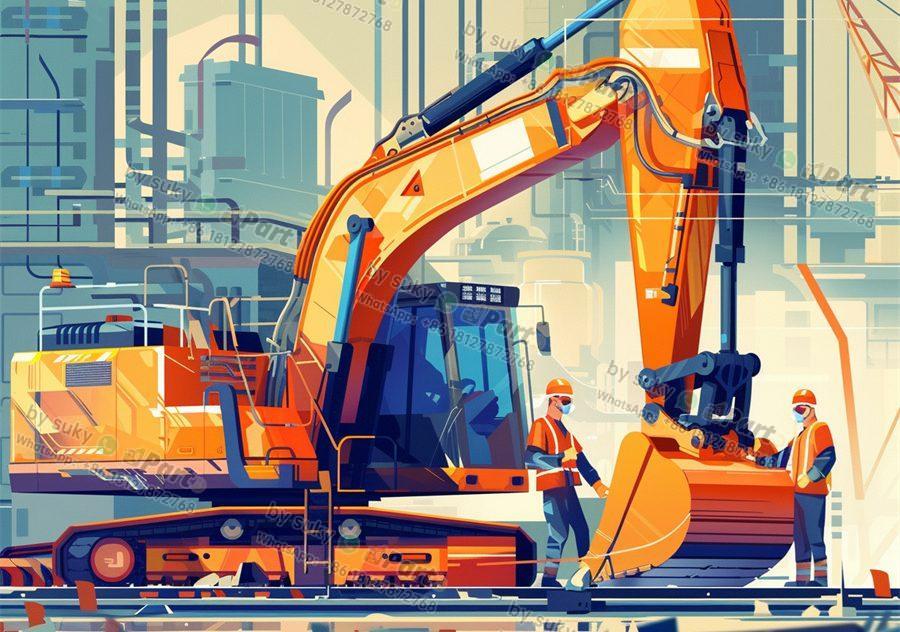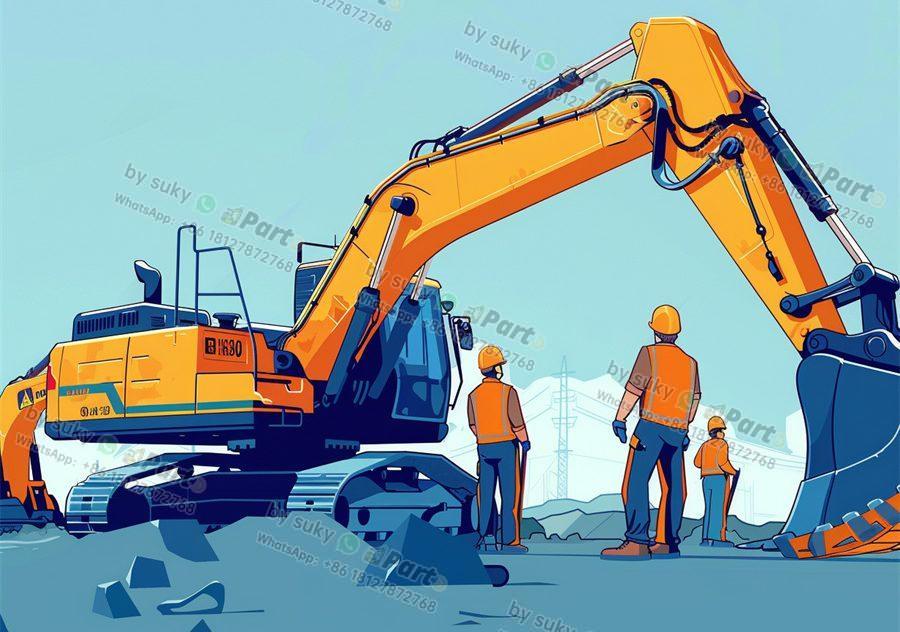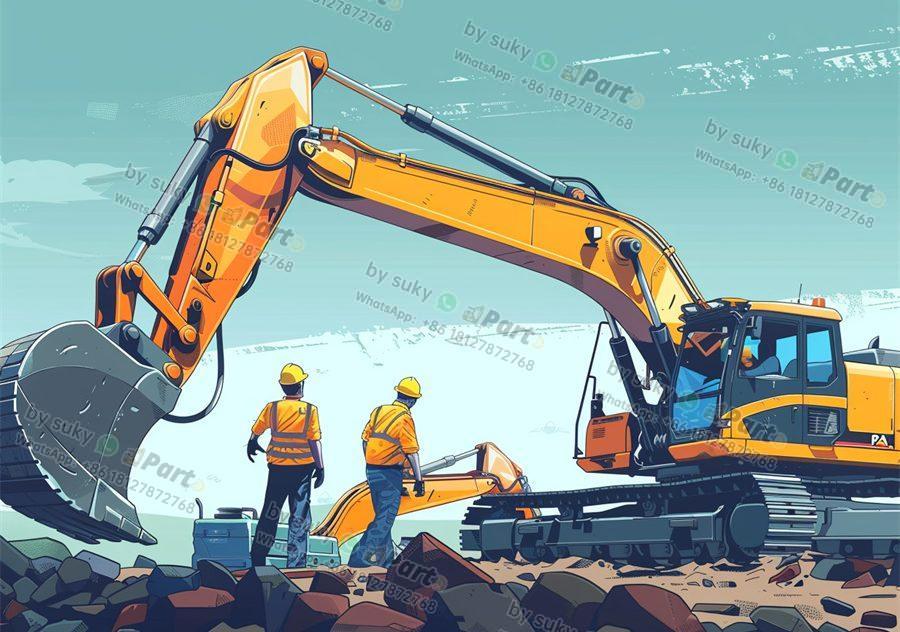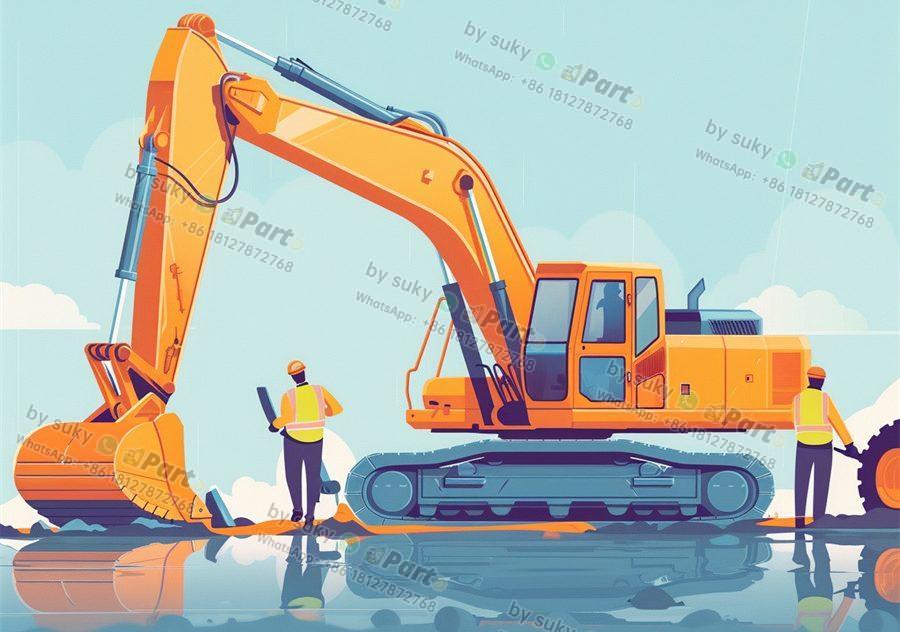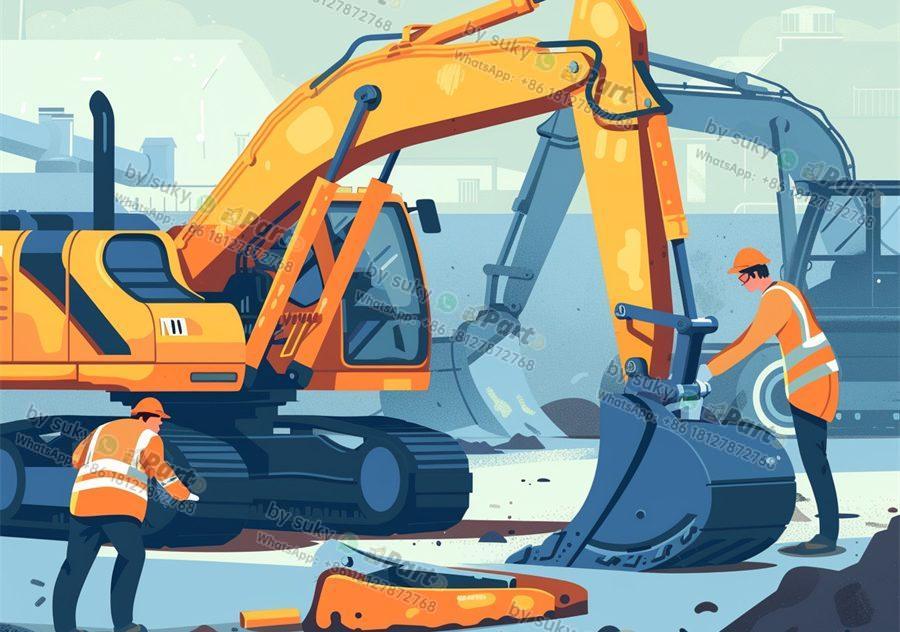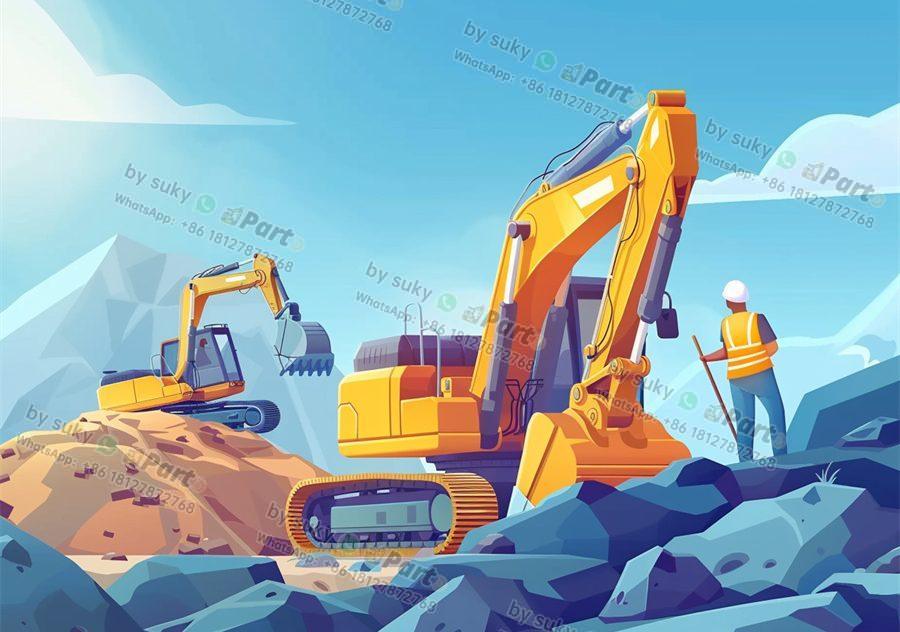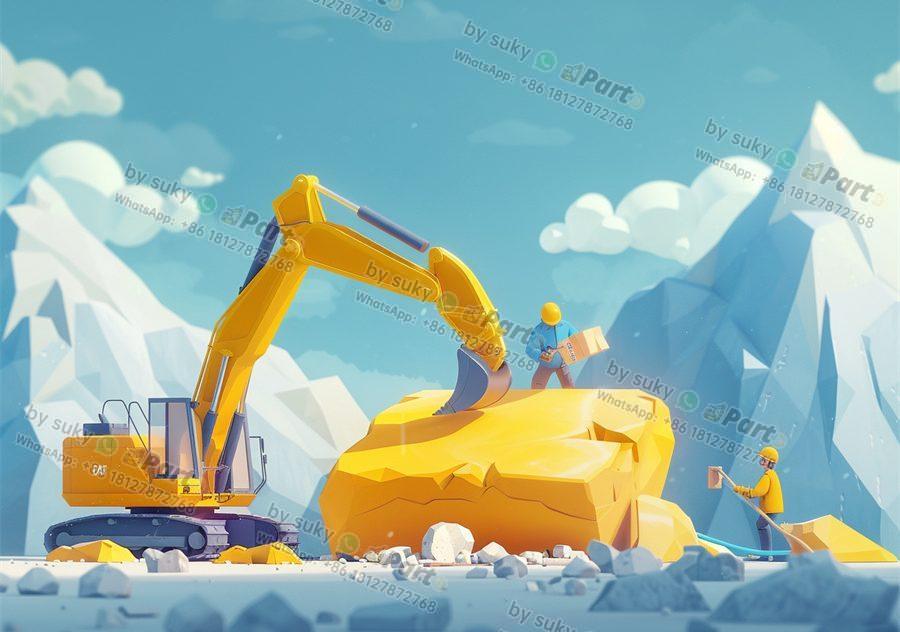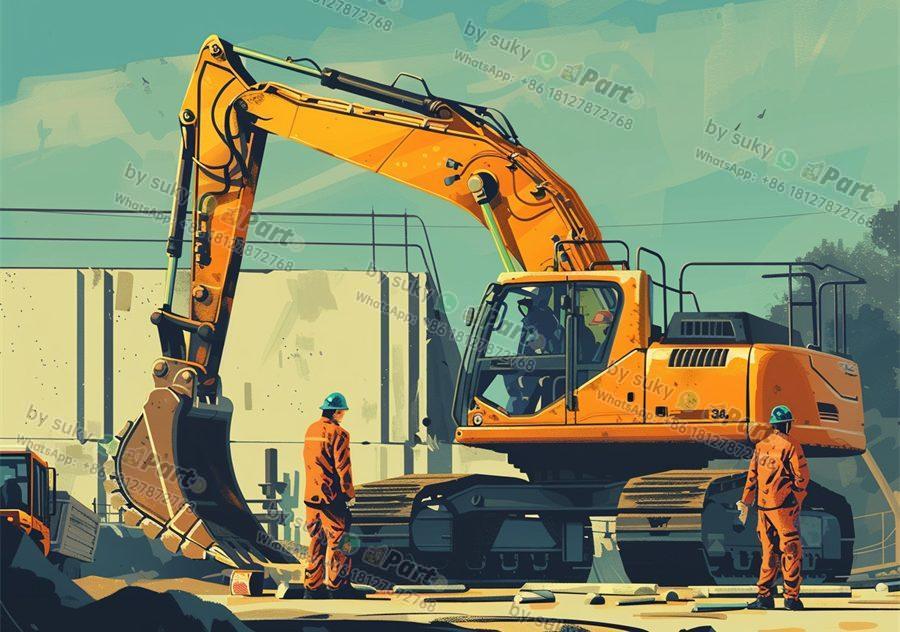Regular equipment inspections are crucial for ensuring the safety and efficiency of engineering vehicle parts. Importers and distributors of these parts must understand the benefits of conducting regular inspections to maintain the quality and reliability of their products.
Increased Safety and Reliability
One of the most significant benefits of regular equipment inspections is the increased safety and reliability of the parts. By inspecting the components on a regular basis, importers and distributors can identify any potential issues or defects before they escalate into more significant problems. This proactive approach not only prevents accidents and injuries but also helps to build trust with customers who rely on these parts for their machinery.
Extended Lifespan of Parts
Another advantage of regular equipment inspections is the extended lifespan of the parts. By identifying and addressing any wear and tear early on, importers and distributors can prevent premature failures and replacements. This not only saves money in the long run but also ensures that customers can rely on the longevity of the parts they purchase.
Compliance with Regulations
Regular equipment inspections also help importers and distributors comply with industry regulations and standards. By staying up to date with the latest requirements and guidelines, they can ensure that their products meet the necessary safety and quality standards. This not only protects the reputation of the business but also avoids potential legal issues or fines for non-compliance.
In conclusion, regular equipment inspections are essential for importers and distributors of engineering vehicle parts to ensure safety, reliability, and compliance. By making inspections a priority, businesses can maintain the quality of their products, extend their lifespan, and meet industry regulations. Importers and distributors must invest in regular inspections to protect their customers and their reputation in the market.
For more information on equipment maintenance, check out “The Importance of Routine Maintenance for Engineering Vehicle Parts” and “How to Create an Effective Equipment Inspection Schedule.”
191-8303 Crankshaft Position Speed Sensor for Caterpillar 3406E C15 C18 C3.6 C4.4
1932550 193-2550 Speed Sensor for Caterpillar CAT 120K 140K 160K

